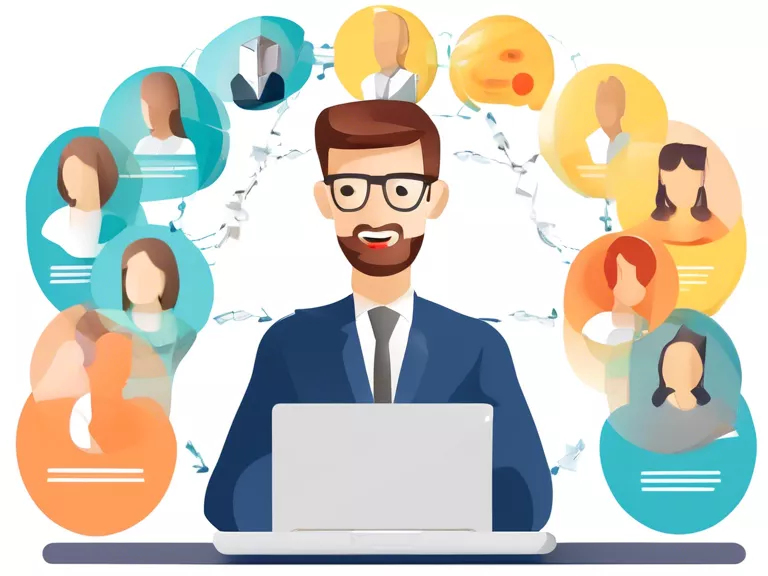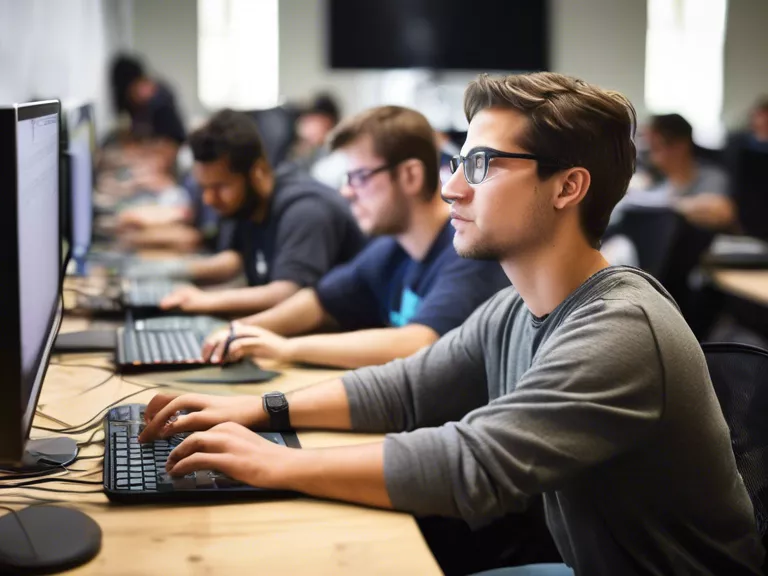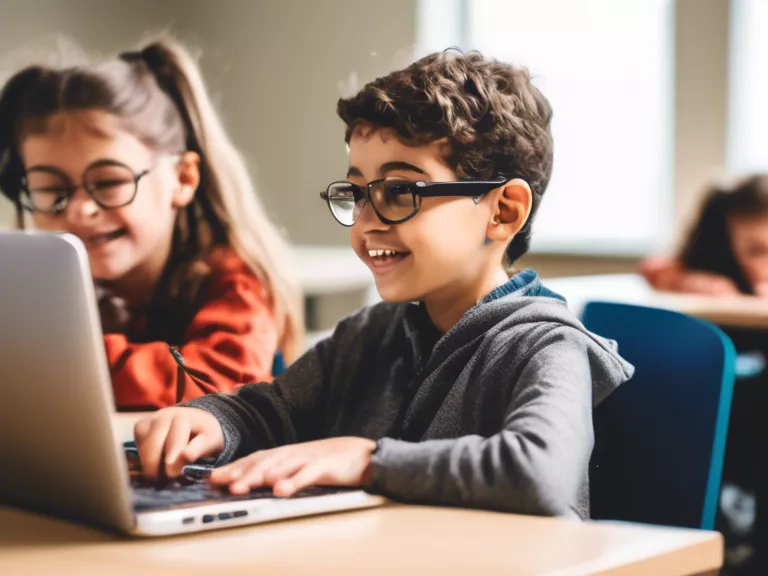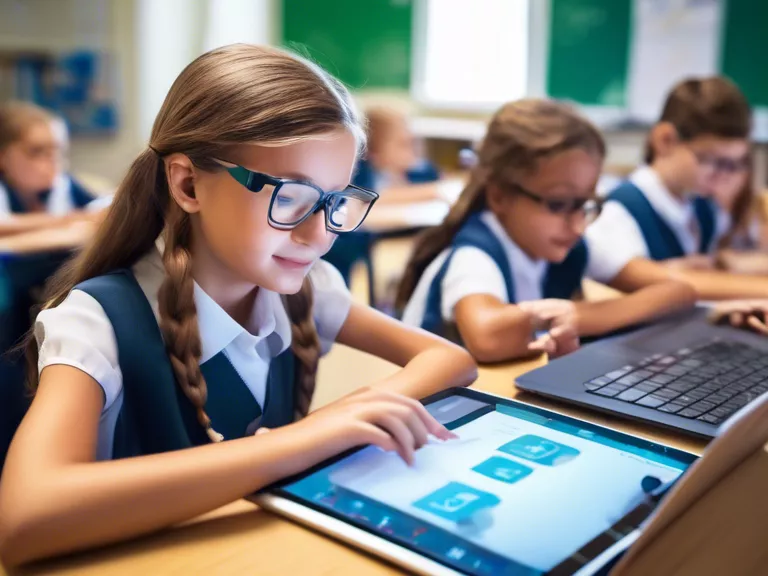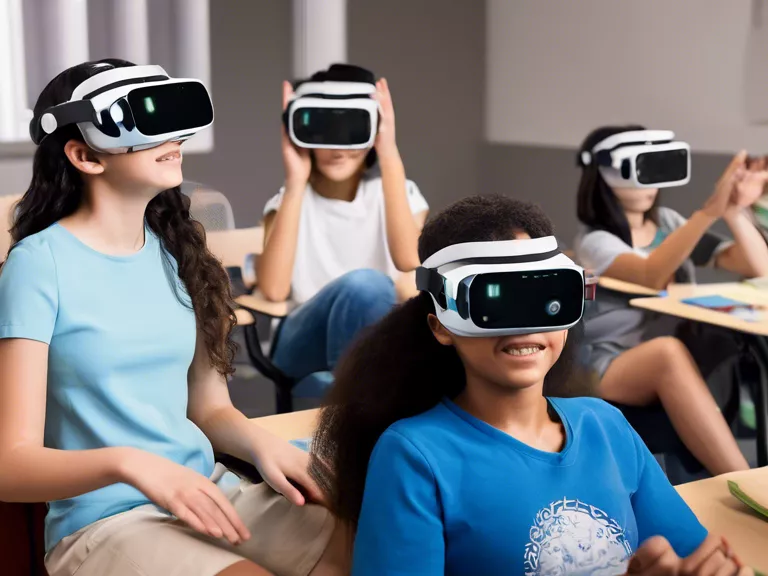
Virtual reality (VR) classrooms are revolutionizing education by offering immersive learning experiences that engage students in new ways. From exploring ancient civilizations to diving deep into the human body, VR technology is opening doors to endless educational possibilities. In this article, we will explore the future of VR classrooms and how they are shaping the way students learn.
One of the key benefits of VR classrooms is the ability to transport students to different places and time periods without ever leaving the room. This allows for interactive and hands-on learning experiences that can't be replicated in a traditional classroom setting. For example, students can walk through a virtual museum to learn about art history or take a journey through space to study astronomy.
In addition to enhancing learning through visual and auditory stimuli, VR classrooms also promote collaboration and teamwork among students. By working together to solve problems or complete tasks in a virtual environment, students can develop important skills such as communication, critical thinking, and problem-solving.
As VR technology continues to advance, we can expect to see even more sophisticated and realistic simulations in classrooms. Imagine taking a virtual field trip to ancient Rome and witnessing historical events unfold before your eyes, or conducting virtual science experiments in a laboratory setting. The possibilities are truly limitless.
Furthermore, VR classrooms have the potential to make education more accessible to students who may have physical or geographical limitations. By using VR headsets, students can participate in classes and interact with their peers and teachers from anywhere in the world. This opens up new opportunities for remote learning and personalized instruction.
In conclusion, the future of VR classrooms is bright and full of possibilities. By creating immersive learning experiences, students can engage with content in a whole new way and develop crucial skills for the future. As VR technology continues to evolve, we can look forward to a more interactive, collaborative, and inclusive educational experience for students around the world.
